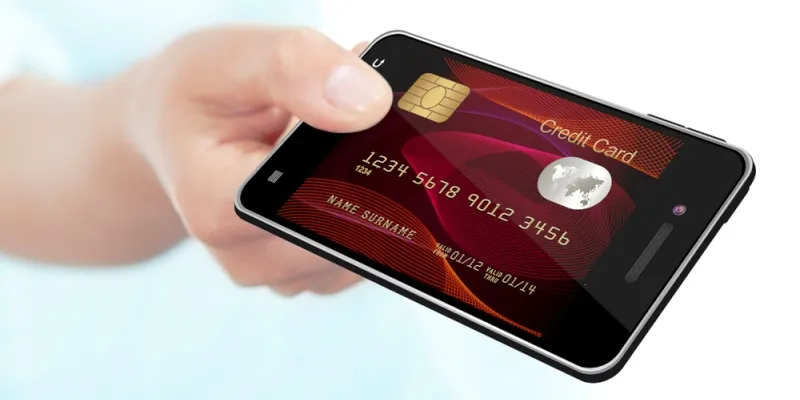Around the world, with no cash: How travellers are planning long journeys the digital way
Thanks to a rise in digital payments and mobile usage, more and more travellers are going cashless on their journeys these days.
“Travelling - it leaves you speechless. And then turns you into a storyteller.” - Ibn Batuta
What does it take to ensure that your travels are full of good journeys rich in experiences? The will to travel, an eagerness to explore, curiosity to step into unchartered territories, or the support of information. And what about money? Well, you don’t have to worry about that!
While planning your finance before and during your travels to ensure that you don’t go overboard your budget is crucial, carrying cash isn’t that important anymore.
In today’s digital and the connected world, thousands of travellers are setting out on their expeditions completely cashless.

A 2019 report by the World Travel and Tourism Council shows that around the world, 83 percent of people always carry their mobile phones while travelling. As the cellphone market expands across the globe, the device is also becoming a key partner in facilitating cashless travel.
In 2019, India itself was projected to have over 800 million mobile phone users. The rapid outreach of mobile phones and network is ensuring that wherever you head out, staying connected to your finances is easy.
From NiYo to UPI – you are covered
Several companies and products are helping people manage their finances abroad seamlessly.
For example, with a NiYo Global Card, you can plan transactions across global currencies without having to carry cash or pay sky-high fees. One can even load Indian currency via UPI or NEFT. And NiYo Global Card also assures long-term benefits with its features and validity of five years.
On the other hand, across the globe and even in India, a vast section of travellers are using their mobile phones with the rising popularity of digital payment platforms like Paytm, Google Pay, Amazon Pay for travel-related services.
And learning from the potential of seamless digital tech, more brands are implementing and adopting these new-age transaction methods. In the US, mobile payments have already established themselves as the leading choice of citizens.
In fact, the number of in-store mobile payment users in the US is expected to touch 150 million by the end of 2020 – 56 percent of the country’s population. While developed economies like America were one of the first movers in adopting digital payment technologies and reducing their dependency on cash, Asia isn’t far behind.
According to Global Web Index, Asia Pacific continues to be one of the fastest-movers in digital payments with 33 percent of mobile phone users counting on digital payment platforms.
The growth in mobile payments has also changed people’s travelling habits. As more people keep planning their journeys, the amount of cash they carry on the road continues to reduce. In 2016, the World Travel and Tourism Council counted the share of mobile payments in the overall tourism market as 15.5 percent. Four years down the line, this number is bound to have seen further growth.
Less cash or cashless?
Indians are also no novice to digital payment methods and travelling with low to zero cash. Travellers are now travelling across the country and even abroad without the age-old practice of carrying the bulk of the cash. A report on Cross-Border Travel Insights for India show that over 50 percent of Indian travellers are using cards and digital payment platforms as their primary method of payment.
With the rise in disposable income among the urban workforce, easy availability of credit cards and rise in adoption of digital payment platforms across the country, Indians are feeling free to spend more.
By 2021, the expected expenditure by Indian travellers heading abroad as tourists is set to touch $136 billion (i.e. Rs 9.5 lakh crore). By the same year, online bookings by Indians making international journeys will add another $24 billion.
Such robust numbers and burgeoning technology also go to cement the belief that India is keeping pace with the globe – increasingly reducing its dependency on cash when travelling. While a lot of decisions go into the planning of a trip, calculating how much cash to carry isn’t a woe anymore. Every journey is now just a few clicks away.
(Edited by Saheli Sen Gupta)
(Disclaimer: The views and opinions expressed in this article are those of the author and do not necessarily reflect the views of YourStory.)








